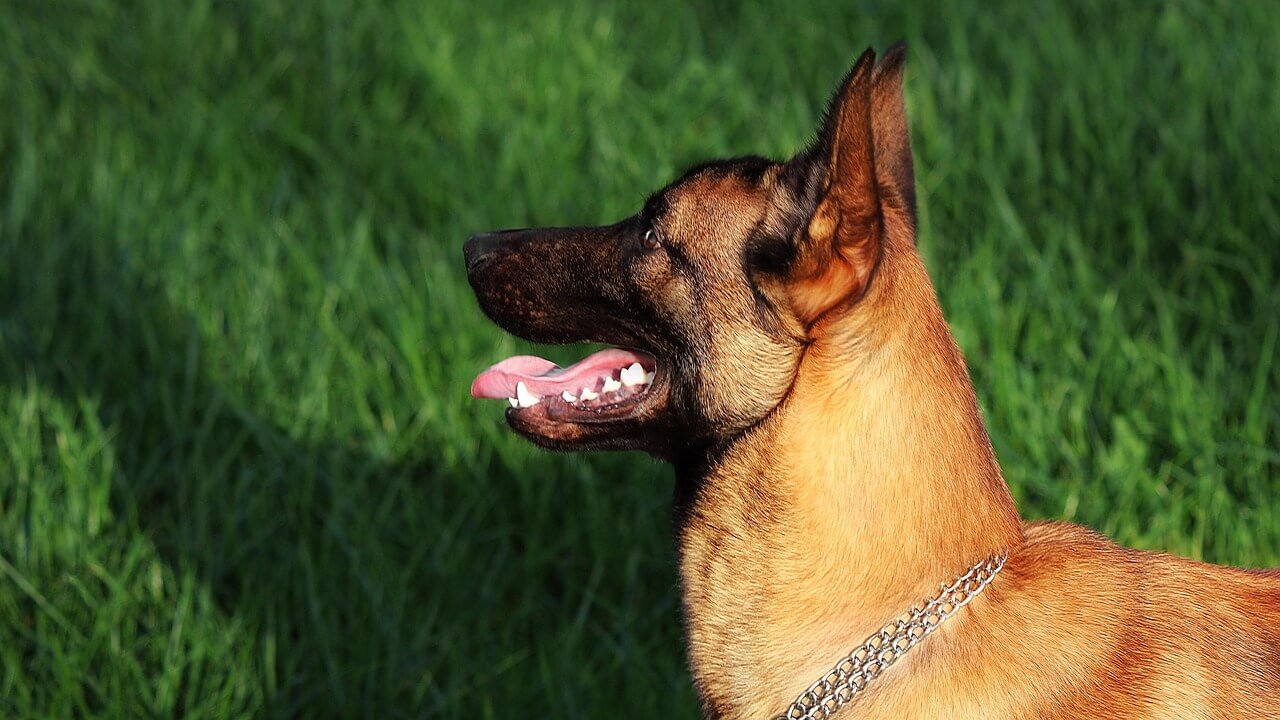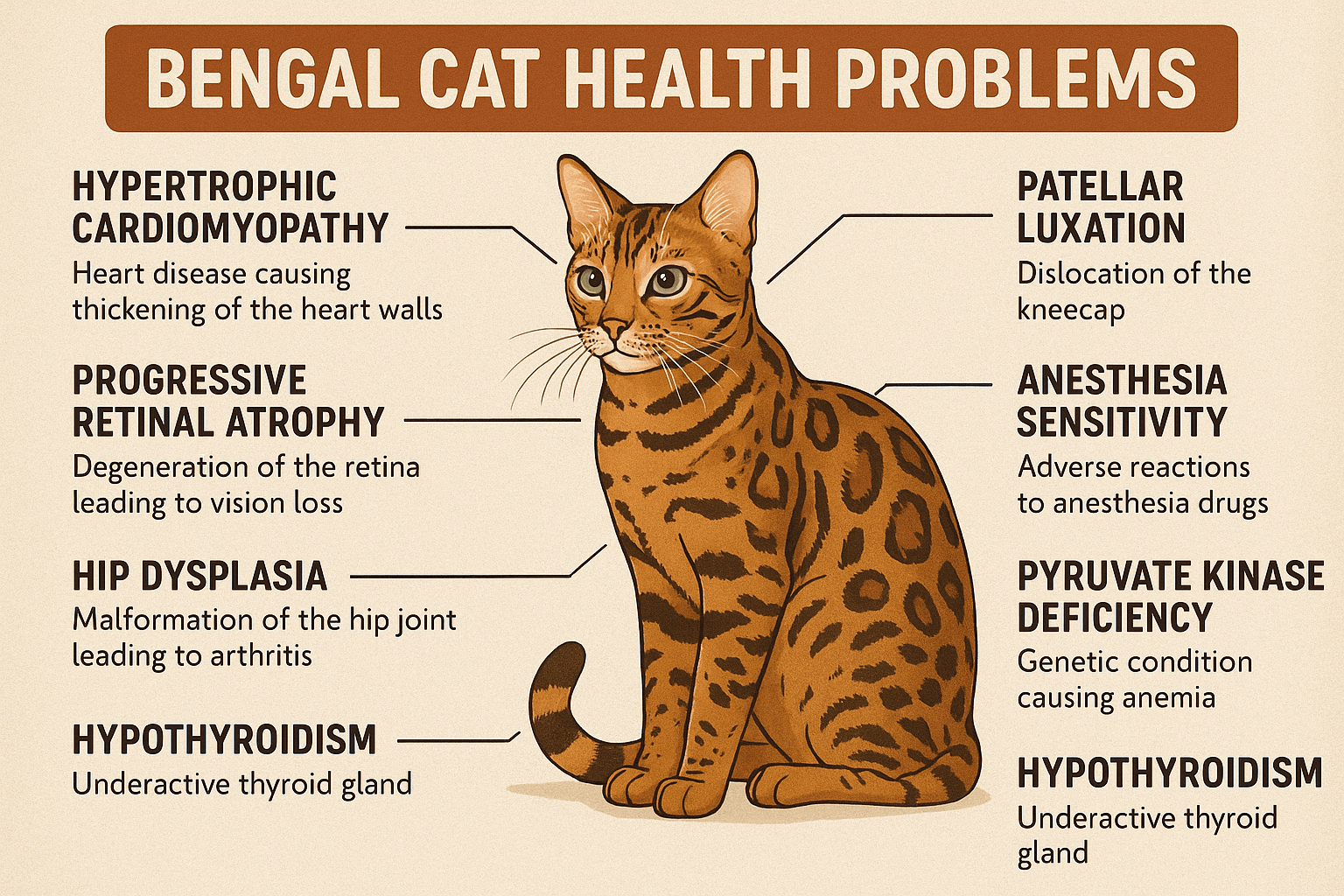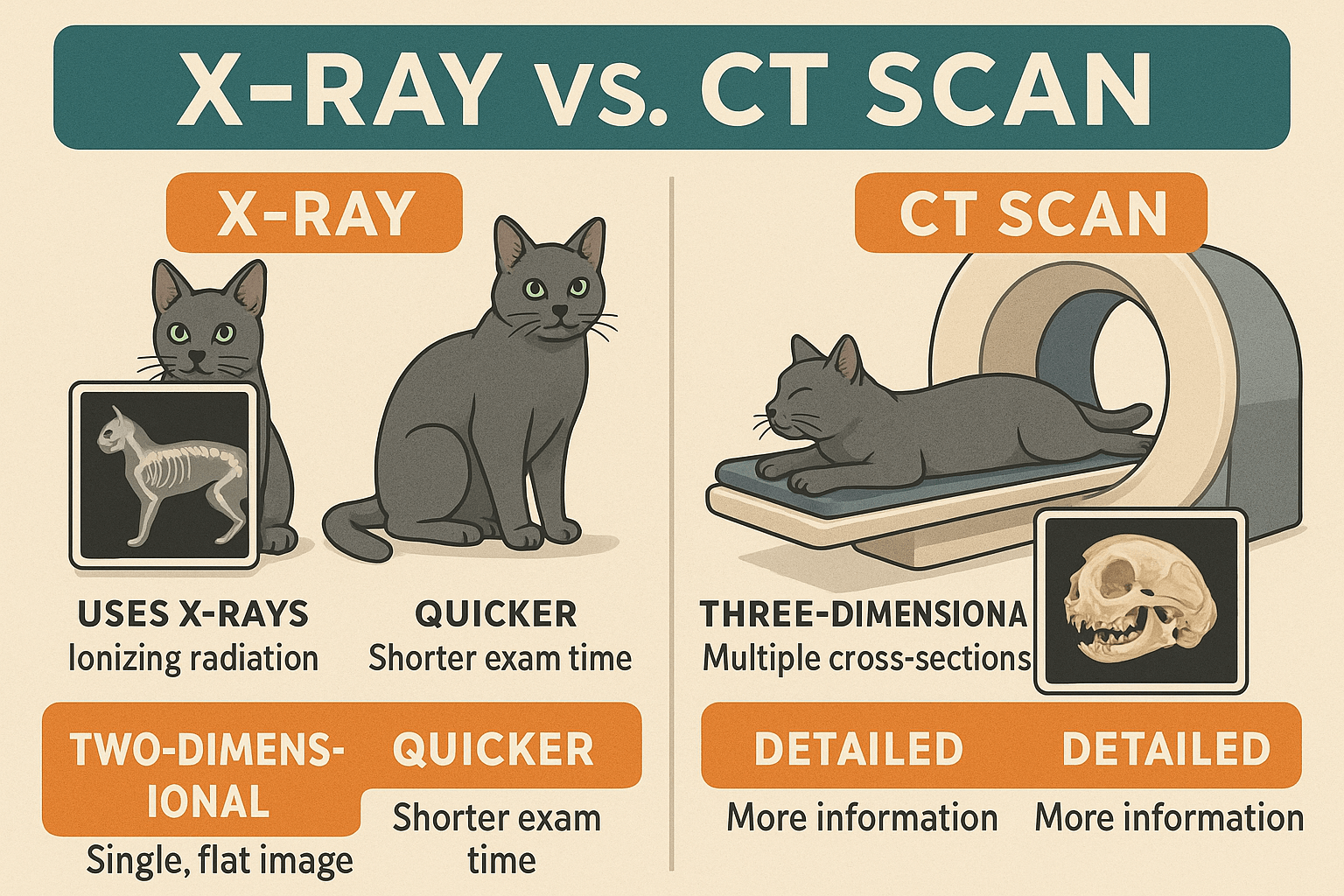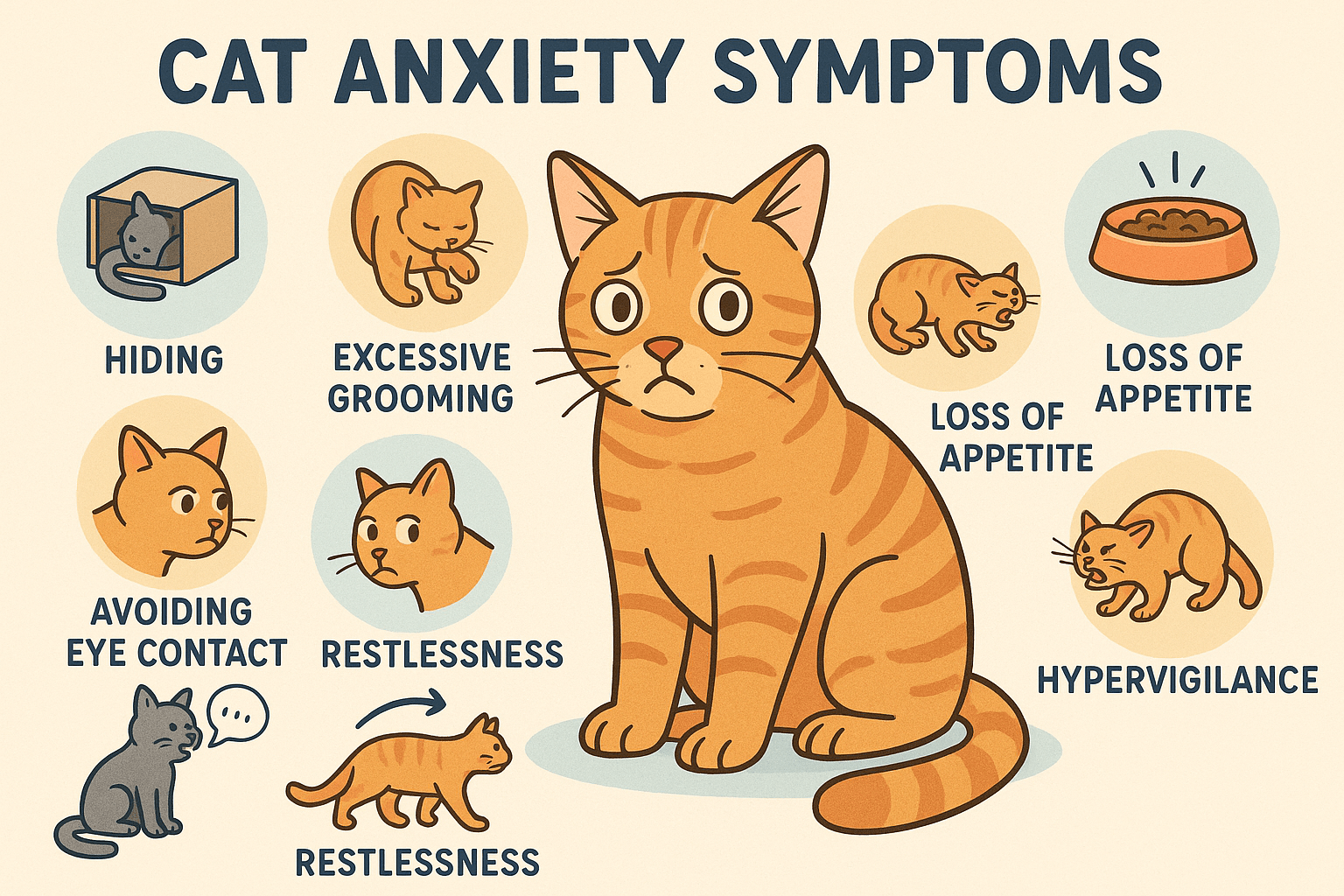Dog Acting Weird on Prednisone? What You Need to Know
If your dog has recently started taking prednisone, you may notice some unusual changes in their behavior or physical condition. Prednisone, a corticosteroid commonly prescribed for dogs to treat inflammation, allergies, or autoimmune disorders, can have significant side effects that might leave you concerned. While it’s a highly effective medication, its impact on your dog’s body and mind can sometimes cause them to act differently than usual. Understanding these changes—and knowing what’s normal versus what requires immediate attention—can help you support your furry friend through their treatment journey. In this guide, we’ll explore the reasons behind your dog’s strange behavior, common side effects of prednisone, and how to manage them effectively.
Common Behavioral Changes in Dogs on Prednisone
Prednisone can affect your dog’s mood, energy levels, and overall demeanor. These behavioral shifts are often temporary but can be unsettling for pet owners. Here are some common changes you might observe:
Increased Restlessness : Many dogs on prednisone become unusually hyperactive or restless due to the drug’s stimulating effects.
Irritability or Aggression : Some dogs may display signs of irritability or even aggression, especially if they’re uncomfortable or in pain.
Anxiety or Pacing : Prednisone can heighten anxiety levels, leading to pacing or an inability to settle down.
Changes in Appetite : Your dog may suddenly show an insatiable hunger or, conversely, lose interest in food.
Lethargy or Fatigue : While less common, some dogs may feel unusually tired or sluggish after starting prednisone.
These behavioral changes are often temporary and should improve as your dog adjusts to the medication. However, monitor them closely and consult your vet if symptoms persist or worsen.
Physical Side Effects of Prednisone in Dogs
In addition to behavioral changes, prednisone can cause a range of physical side effects. Recognizing these symptoms will help you determine whether they’re normal or require veterinary intervention.
Increased Thirst and Urination : Prednisone often leads to excessive thirst, which can result in more frequent trips outside to urinate.
Weight Gain : The medication can increase appetite and cause fluid retention, leading to noticeable weight gain over time.
Panting or Difficulty Breathing : Excessive panting is a common side effect, though it can sometimes indicate an underlying issue.
Skin Issues : Prednisone may cause thinning skin, hair loss, or increased susceptibility to infections.
Gastrointestinal Upset : Vomiting, diarrhea, or stomach irritation can occur, particularly if prednisone is taken on an empty stomach.
While many of these side effects are manageable, any severe or persistent symptoms should be discussed with your veterinarian promptly.
Check this guide 👉How Much Prednisone Can I Give My Dog? Best 7 Expert Tips!
Check this guide 👉Can Dogs Take Human Antibiotics? Best 7 Health Tips!
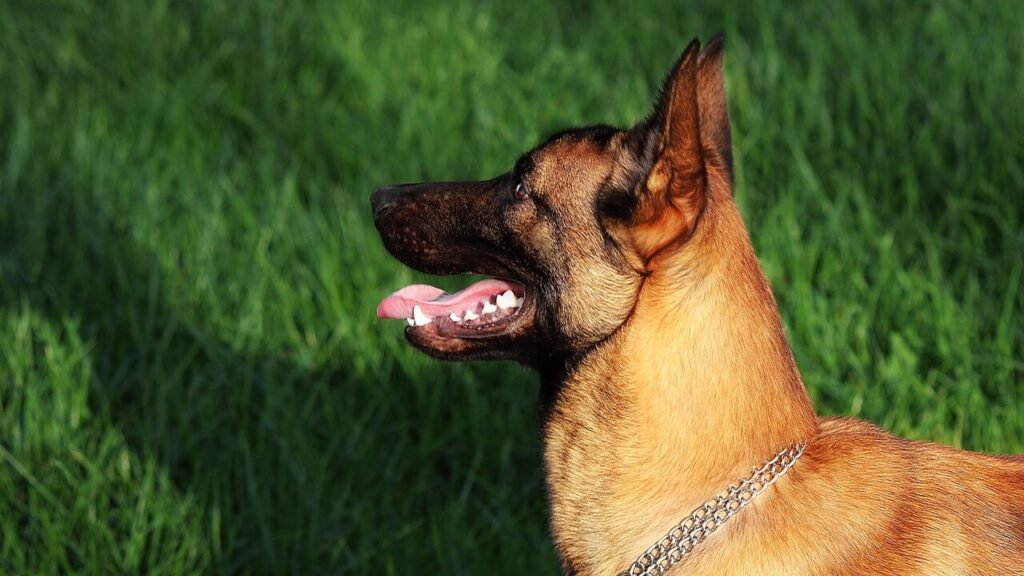
Behavioral Changes on Prednisone | Physical Side Effects of Prednisone |
|---|---|
Increased restlessness | Excessive thirst and urination |
Irritability or aggression | Weight gain |
Anxiety or pacing | Panting or difficulty breathing |
Changes in appetite | Skin issues (thinning, hair loss) |
Lethargy or fatigue | Gastrointestinal upset |
How to Manage Your Dog’s Prednisone Side Effects
While prednisone is a powerful medication, there are steps you can take to minimize its side effects and keep your dog comfortable during treatment.
Provide Plenty of Water : Ensure your dog has constant access to fresh water to prevent dehydration caused by increased thirst.
Monitor Food Intake : Feed smaller, balanced meals to manage their appetite and prevent excessive weight gain.
Create a Calm Environment : Reduce stressors in your home to help soothe anxiety or restlessness caused by the medication.
Exercise Moderately : Encourage light exercise to burn off excess energy without overexerting your dog.
Follow the Prescribed Dosage : Never adjust the dosage without consulting your vet, as tapering off prednisone improperly can lead to complications.
By implementing these strategies, you can help your dog cope better with the effects of prednisone while ensuring their overall well-being.
When to Contact Your Veterinarian About Prednisone
While many side effects of prednisone are normal, some signs indicate that your dog may need immediate veterinary attention. Here’s when to seek professional help:
Severe Lethargy or Weakness : If your dog seems unusually weak or unresponsive, it could signal an adverse reaction.
Persistent Vomiting or Diarrhea : Gastrointestinal issues that don’t resolve within a day should be evaluated by a vet.
Difficulty Breathing : Labored breathing or excessive panting could indicate a serious complication.
Signs of Infection : Watch for swelling, redness, or discharge, as prednisone can suppress the immune system.
Aggressive Behavior : Sudden or extreme aggression may require behavioral or medical intervention.
Prompt communication with your veterinarian ensures your dog receives the care they need to stay safe and healthy throughout their treatment.
Helping Your Dog Stay Calm During Treatment
Prednisone can heighten anxiety in dogs, leaving them restless or uneasy. Fortunately, there are several ways to create a calming environment and support your dog emotionally.
Stick to a Routine : Dogs thrive on predictability, so maintaining their regular feeding, walking, and sleeping schedule can reduce stress.
Provide Mental Stimulation : Puzzle toys or interactive games can distract your dog and burn off excess energy.
Use Calming Aids : Consider using natural calming products like pheromone diffusers or anxiety wraps to soothe your dog.
Limit Overstimulation : Reduce exposure to loud noises, unfamiliar people, or other stressors that might trigger anxiety.
Spend Quality Time Together : Extra cuddles, gentle petting, or quiet time with your dog can provide comfort and reassurance.
By focusing on your dog’s emotional needs, you can help them feel more at ease despite the effects of prednisone.
Recognizing When the Medication Isn’t Working as Intended
While prednisone is effective for many conditions, sometimes the dosage may need adjustment to better suit your dog’s needs. Here are signs that your dog might benefit from a change in treatment:
Persistent Symptoms : If the original condition (e.g., inflammation or allergies) isn’t improving, the current dosage may be insufficient.
Severe Side Effects : Excessive panting, vomiting, or lethargy could indicate the dose is too high for your dog.
Lack of Appetite : A complete loss of interest in food may signal an intolerance to the medication.
Increased Aggression or Fear : Behavioral changes that escalate over time may require a review of the treatment plan.
Weight Fluctuations : Rapid weight gain or loss can indicate an imbalance in the medication’s impact.
If you notice any of these signs, consult your veterinarian promptly to discuss potential adjustments to the dosage or alternative treatments.
Managing Prednisone Use for Chronic Conditions
For dogs requiring long-term prednisone use, it’s important to balance its benefits with the potential risks. Here are some considerations to keep in mind:
Regular Vet Check-Ups : Schedule frequent veterinary visits to monitor your dog’s overall health and adjust the treatment plan as needed.
Watch for Immune Suppression : Prolonged use of prednisone can weaken the immune system, making your dog more susceptible to infections.
Monitor Kidney and Liver Health : Prednisone can strain these organs, so routine blood tests are essential to detect issues early.
Gradual Tapering Off : If stopping prednisone, your vet will likely recommend tapering the dose slowly to avoid withdrawal symptoms.
Explore Alternative Treatments : In some cases, supplements or other medications may reduce the need for long-term prednisone use.
By staying vigilant and working closely with your vet, you can ensure your dog remains healthy and comfortable throughout their treatment journey.
Frequently Asked Questions About Dogs on Prednisone
How long do prednisone side effects last in dogs?
Most side effects subside once the medication is tapered off, but some may persist for a few days to weeks after stopping.
Can I stop giving my dog prednisone if the side effects are severe?
No, you should never stop prednisone abruptly. Always consult your vet to adjust the dosage safely.
Why is my dog so hungry on prednisone?
Prednisone increases metabolism and appetite, leading to excessive hunger in many dogs.
Is panting a normal side effect of prednisone?
Yes, panting is common, but if it’s accompanied by distress or difficulty breathing, contact your vet immediately.
Can prednisone make my dog aggressive?
Some dogs may exhibit irritability or aggression due to discomfort or hormonal changes caused by the medication.
Supporting Your Dog Through Prednisone Treatment
Seeing your dog act strangely on prednisone can be concerning, but understanding the reasons behind their behavior can ease your worries. By recognizing common side effects, managing symptoms effectively, and staying in close contact with your veterinarian, you can ensure your dog remains comfortable and healthy throughout their treatment. Remember, prednisone is a powerful tool in managing various health conditions, and with proper care, your dog can continue to thrive despite its challenges. Stay patient, observant, and proactive—your love and attention will make all the difference in their recovery journey.
High Liver Enzymes in Cats: Best 7 Expert Tips! Discover causes, symptoms, and treatment options for elevated liver enzymes in cats. Learn how to support your cat’s liver health effectively.
Bengal Cat Health Problems: Best 7 Expert Tips! Discover expert advice on common Bengal cat health issues, preventive care, and tips to keep your feline friend healthy and happy for years to come.
X-Ray vs CT Scan for Cats: Best 7 Expert Tips! Discover key differences, benefits, and expert advice on choosing the right imaging method for your cat’s health needs.
Cat Anxiety Symptoms: Best 7 Expert Tips! Discover signs of feline stress, effective calming strategies, and expert advice to help your cat feel safe, happy, and relaxed at home.

